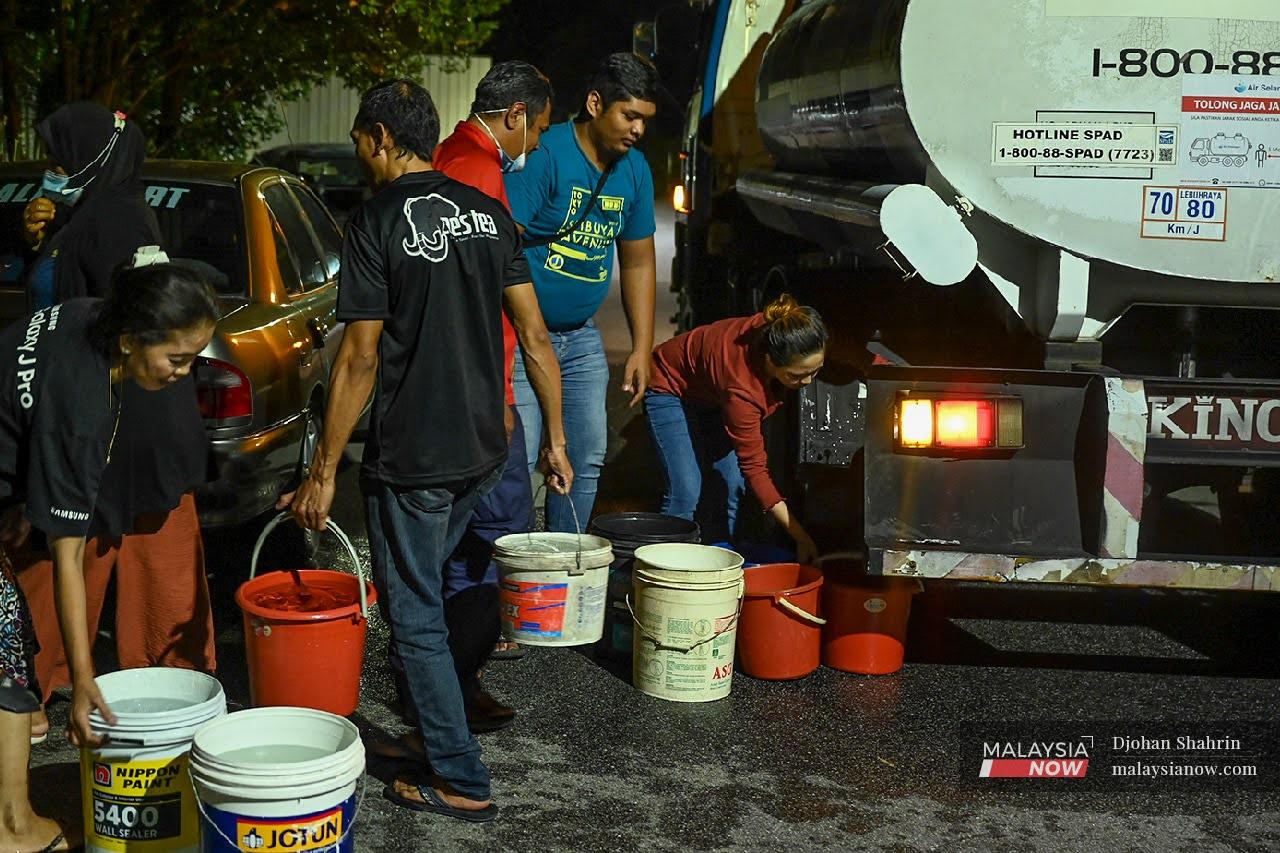Selangor water flowing again for now, but illegal factories still dumping
Decade-long investigations not stopping heartless polluters from sullying local rivers with illegal waste.
Just In
The latest water disruption in the Klang Valley and Selangor began on Oct 19, and has now been brought to an end but many questions remain.
For consumers, the questions all boil down to this: How will future disruptions be prevented and what enforcement measures are in the pipeline to deal with the perpetrators?
Earlier this week, Selangor state executive councillor Hee Loy Sian said a proposal to increase penalties for operators of illegal factories which pollute rivers with waste and organic compounds will be tabled next month.
Hee said that under Section 25(1) of the Environmental Quality Act 1974, the current maximum fine for polluters is RM100,000 or a jail term, and it is proposed to increase that to between RM200,000 and RM1 million, and a jail term.
According to Meenakshi Raman, honorary secretary of environmental NGO Sahabat Alam Malaysia (SAM), more needs to be done in terms of enforcement as fines may be just a slap on the wrist to these environmental criminals.
She said even a mandatory jail sentence like SAM has been proposing in order to send a message to them would probably not be a sufficient deterrent.
“Polluting our rivers has been going on for a long time and environmental crimes like that should be treated seriously, even as seriously as committing murder,” she said.
“The issue of river pollution has been discussed, probed and investigated for more than a decade. It has been a ticking time bomb for years and the severity of the problem is just becoming apparent now,” she said. “We need proper monitoring and enforcement. If there is a shortage of resources for monitoring, then beef up the capacity and have more modern equipment on the ground.”
She indicated that SAM is pleased that the environment and water ministry is now considering this kind of pollution as an environmental crime and is working with the police on the matter.
“That really is a step in the right direction as it is critical to learn from these incidents and take all measures necessary. Policing is key,” she told MalaysiaNow.
Earlier, minister Tuan Ibrahim Tuan Man said although DoE officials operate for 24 hours every day, it is impossible to monitor the entire river at all times, especially as river pollution is often perpetrated after midnight.
“We will increase staff and work with the police. We are also requesting allocations to add equipment and early warning systems as well as improving monitoring and plant systems,” he said.
Hee meanwhile said that the state government will be using high-tech drones to monitor pollution in affected rivers. He added that RM2 million has been allocated for the drones, which will be used to ensure that water samples can be taken more effectively and more accurately.
“The drones will be able to fly over remote areas,” he said. “We’ll be using them from next month to overcome this problem.”
Rosli Omar, an environmentalist from NGO Treat Every Environment Special, which focuses on conservation of natural resources, said that even during the building of Sungai Selangor dam in the late 1990s, pollution was a disaster waiting to happen.
“The water intake from the dam for treatment is too far away, below another river that joins the dam, passing many vulnerable industrial and agricultural areas,” said Rosli, who at that time was with an NGO studying and protesting against the building of the dam.
“If the intake were above the Rawang river complex there would be no problem.”
Subscribe to our newsletter
To be updated with all the latest news and analyses daily.
Most Read
No articles found.
